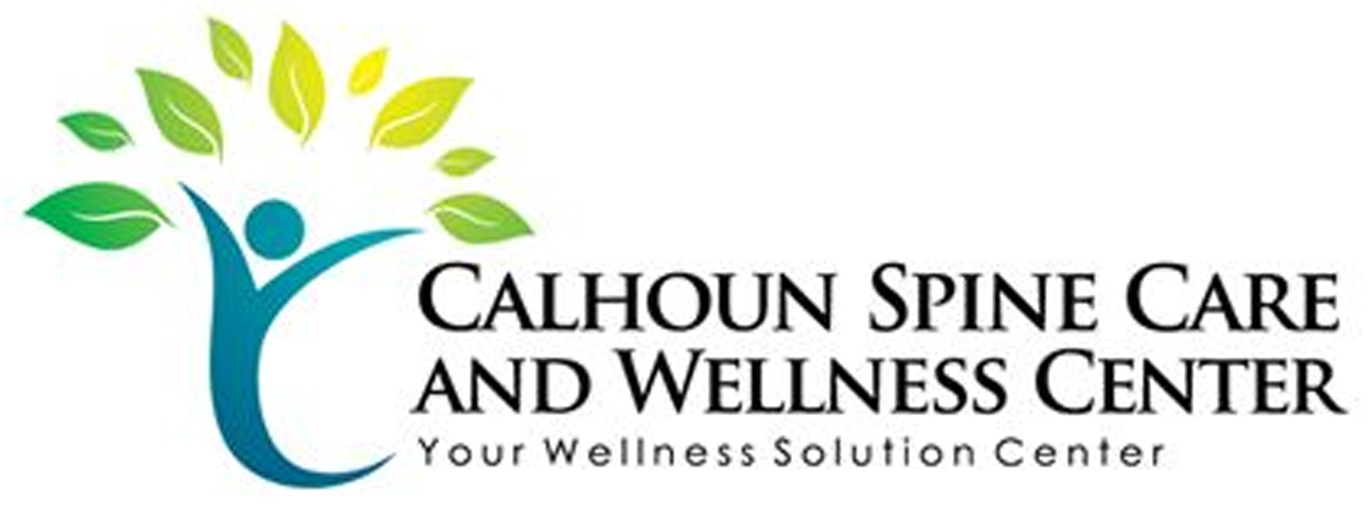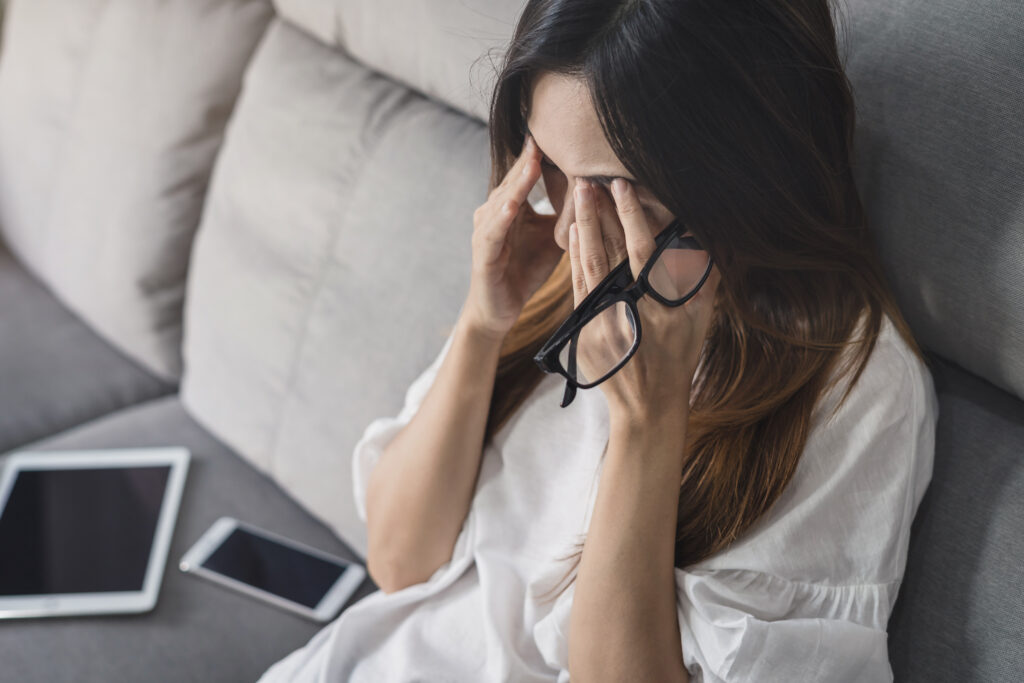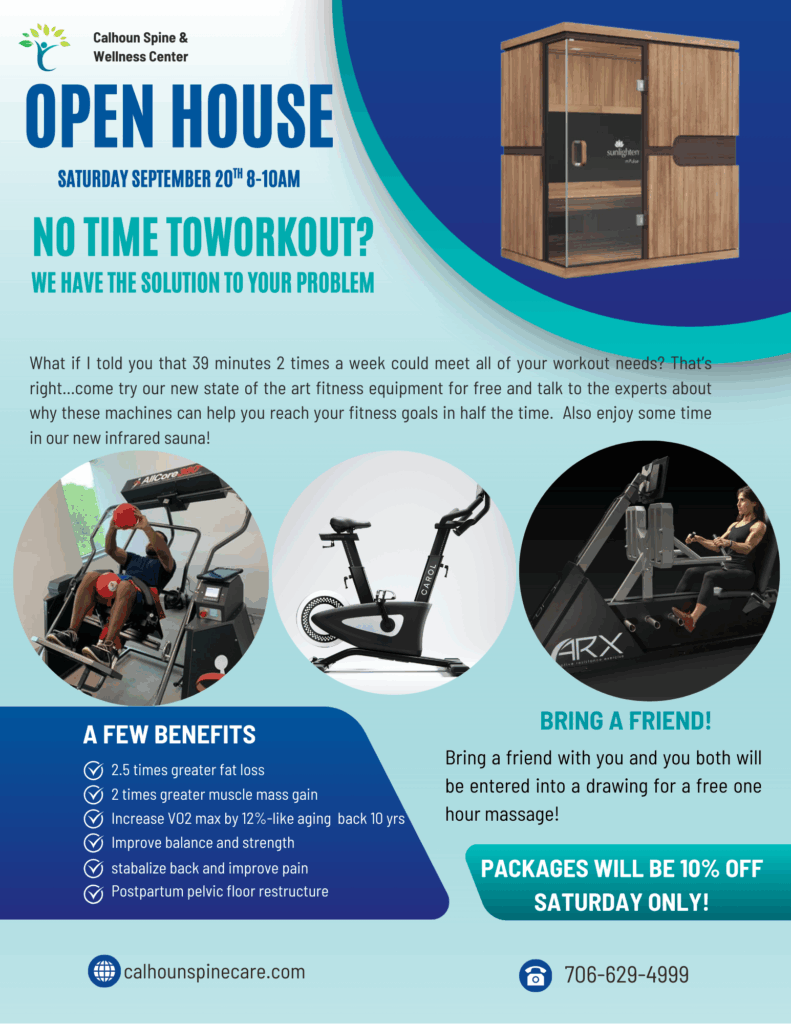When it comes to managing sports injuries, you might find yourself overwhelmed by the various relief techniques available. From therapeutic exercises to modalities like cryotherapy and acupuncture, each method offers distinct advantages tailored to your recovery needs. You'll discover how manual therapy can alleviate pain and why active rest is essential for long-term healing. Understanding these techniques can not only aid your recovery but also enhance your overall performance. So, what's the best approach for your situation?
Physical Therapy Techniques
When you're dealing with a sports injury, physical therapy techniques can really help you bounce back. These methods focus on restoring strength, flexibility, and function so you can get back to your favorite activities faster.
One effective technique is therapeutic exercise, which involves a tailored program to strengthen your affected muscles and improve your range of motion. Your therapist will guide you through specific exercises designed to target your injury, ensuring you perform them correctly to maximize benefits.
Manual therapy is another valuable component of physical therapy. It includes hands-on techniques like joint mobilization and soft tissue manipulation, which can alleviate pain and enhance mobility. Your therapist will assess your condition and apply these techniques to promote healing and reduce discomfort.
Additionally, modalities such as electrical stimulation, ultrasound, or ice and heat therapy can greatly aid in your recovery. These treatments help manage pain and swelling, allowing you to engage in your physical therapy exercises more comfortably.
Education is key in your recovery journey. Your physical therapist will teach you about your injury, how it affects your body, and what you can do to prevent future issues. They'll also provide guidance on proper biomechanics and posture during your activities, ensuring you're less prone to re-injury.
With the right combination of these physical therapy techniques, you'll find yourself on the path to recovery, ready to get back in the game stronger than ever.
Massage Therapy Benefits
Experiencing the soothing effects of massage therapy can greatly enhance your recovery from a sports injury. When you incorporate massage into your healing process, you're not just treating the symptoms; you're addressing the root cause of pain and tension in your muscles. This hands-on technique promotes circulation, which increases blood flow to injured areas, accelerating the healing process.
Massage therapy helps alleviate muscle stiffness and tightness, allowing you to regain flexibility and range of motion. As a result, you can get back to your favorite activities more quickly. Additionally, massage can help reduce inflammation, which is often a significant factor in injury recovery. By decreasing inflammation, you'll experience less discomfort and a quicker return to normal function.
Another benefit is the relaxation that comes with massage therapy. It reduces stress and anxiety, which can be particularly beneficial during recovery since mental well-being plays a vital role in physical healing. When you're relaxed, your body can focus on repairing itself more effectively.
Moreover, regular sessions with a qualified massage therapist can lead to improved overall body awareness. This heightened awareness can help you recognize areas of tension or discomfort before they lead to more significant issues.
Ultimately, the benefits of massage therapy extend beyond immediate pain relief; they provide long-lasting advantages that support your overall health and well-being. So, if you're dealing with a sports injury, consider adding massage therapy to your recovery regimen. Your body will thank you.
Cryotherapy Explained
Utilizing extreme cold to treat injuries, cryotherapy has gained popularity among athletes for its rapid recovery benefits. This technique involves exposing the body to sub-zero temperatures for a short period, typically ranging from two to five minutes. As you step into a cryotherapy chamber, the cold air triggers your body's natural healing processes, helping reduce inflammation and alleviate pain.
One of the most significant advantages of cryotherapy is its ability to speed up recovery time after intense workouts or injuries. By constricting blood vessels, cold exposure limits inflammation and promotes better circulation once you leave the chamber. This enhanced blood flow can deliver vital nutrients and oxygen to injured tissues, further aiding in the healing process.
Additionally, many athletes find that cryotherapy boosts their overall performance. The cold exposure can help reduce muscle soreness and fatigue, allowing you to train harder and recover faster. You might also notice improvements in your mental focus and mood, as the extreme cold stimulates the release of endorphins—your body's natural painkillers.
While cryotherapy is generally safe, it's crucial to consult with a healthcare professional before starting treatment, especially if you have existing medical conditions.
As with any recovery technique, listen to your body and adjust your routine according to how you feel. Overall, cryotherapy offers a powerful solution for athletes looking to enhance their recovery and performance.
Acupuncture for Recovery
How can acupuncture aid in your recovery from sports injuries? This ancient practice can play a significant role in your healing process. By stimulating specific points on your body, acupuncture promotes the flow of energy, or "qi," which helps reduce pain and inflammation. For athletes like you, this means quicker recovery times and improved overall function.
When you experience a sports injury, your body often reacts with swelling and tightness. Acupuncture helps alleviate these symptoms by encouraging circulation. Increased blood flow delivers essential nutrients to the injured area, speeding up the healing process. You'll likely find that after a few sessions, you'll experience less discomfort and improved range of motion.
Moreover, acupuncture can also help with muscle tension and spasms. By targeting specific muscle groups, the treatment helps relax tight muscles and relieve cramping. This not only aids in pain relief but also prepares your body for further physical activity.
Additionally, acupuncture can enhance your mental well-being, reducing anxiety and stress related to your injury. This holistic approach can give you a better mindset for your recovery journey.
If you're considering acupuncture, make sure to consult a licensed practitioner familiar with sports injuries. They can tailor the treatment to your specific needs, ensuring you get the best possible care.
Active Rest and Rehabilitation
During your recovery from a sports injury, incorporating active rest and rehabilitation can be vital. Active rest means engaging in low-impact activities that promote healing without overstraining your injured area. This approach allows you to maintain some level of physical activity while giving your body the time it needs to recover. Instead of complete inactivity, think of activities like walking, swimming, or cycling at a gentle pace.
Rehabilitation focuses on restoring strength, flexibility, and function through targeted exercises. Your physical therapist can guide you through specific movements designed to strengthen the muscles surrounding the injury and improve your range of motion. These exercises not only help in recovery but also reduce the risk of re-injury when you return to your sport.
Combining active rest with rehabilitation can speed up your recovery process. You'll notice that staying active keeps your blood circulating, which helps deliver nutrients to your injured area and flush out toxins. Additionally, maintaining some physical activity can positively impact your mental health by reducing feelings of frustration or anxiety that often accompany downtime.
Remember to listen to your body during this phase. If an activity causes pain, it's important to stop and consult with your healthcare provider. You'll want to make sure that your rehabilitation plan is tailored to your specific needs and injury.
Conclusion
Incorporating these top sports injury relief techniques into your recovery routine can make a significant difference. By embracing physical therapy, massage, cryotherapy, acupuncture, and active rest, you'll not only alleviate pain but also enhance your overall well-being. Each method complements the others, creating a holistic approach to healing. So, take charge of your recovery, stay committed to your rehabilitation, and get back to doing what you love with confidence and strength!




